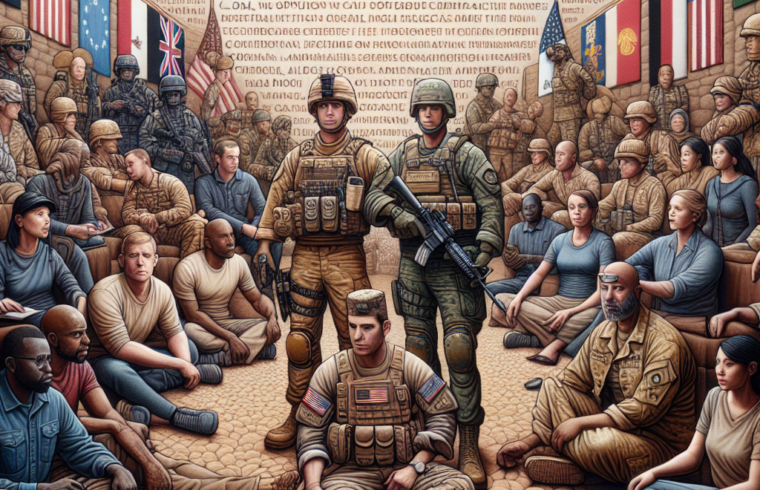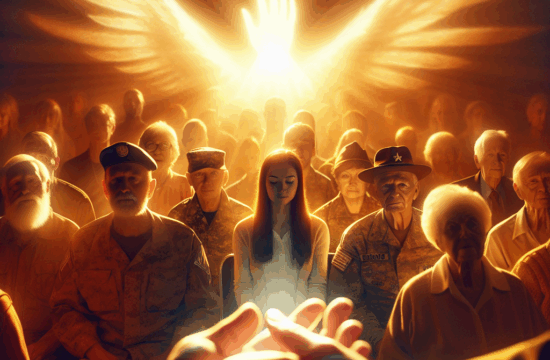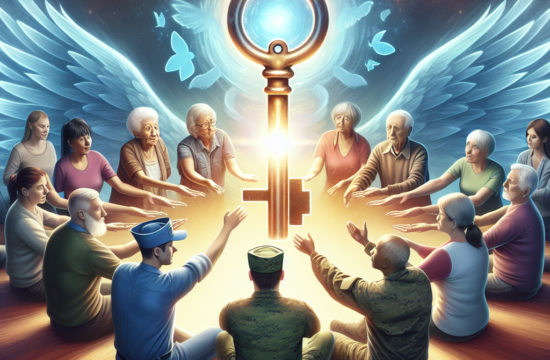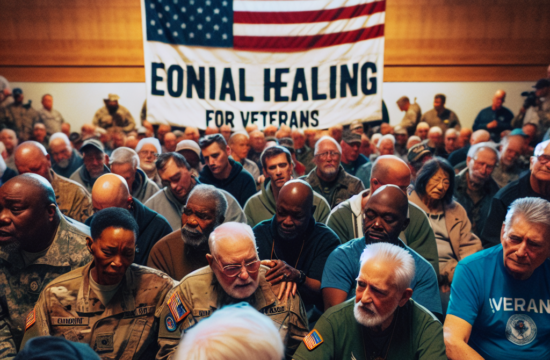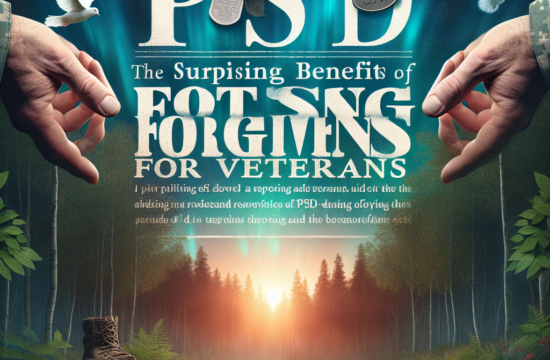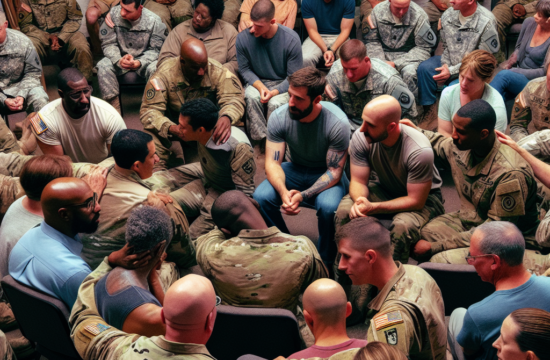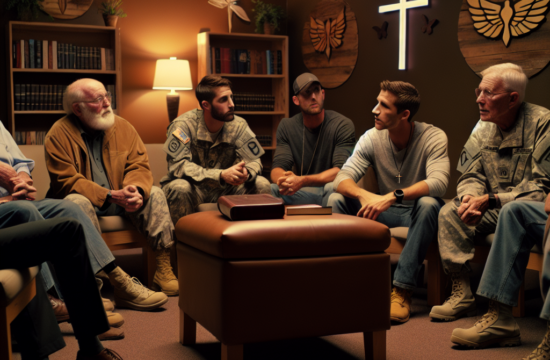==> Thank you for reading this post! Click Here If you are looking for support and Victory over PTSD.
Understanding the Transition Process
Recognizing the Challenge
Transitioning from military to civilian life can feel like diving into the deep end without a life vest. I remember my own journey; it was packed with uncertainty. Many veterans experience similar feelings, dealing with a mix of emotions that range from excitement to anxiety as they leave behind the structure of military life.
It’s crucial to acknowledge these emotions rather than brush them aside. Scripture, like Psalm 34:18, reminds us that “The Lord is close to the brokenhearted and saves those who are crushed in spirit.” This offers reassurance that we’re not alone in our struggles.
By recognizing our challenge, we can begin to open up about our experiences with family, friends, or groups. Just sharing our stories can lighten the load, and establishing that support network is a vital step in this transition.
Finding Support and Community
Connecting with Fellow Veterans
Finding a community that understands your unique experiences is like striking gold. I remember the first time I joined a veterans’ group; it felt like being with family. These connections can help you rediscover a sense of belonging, lifting the weight of isolation off your shoulders.
Most communities, whether online or in-person, engage in activities that support mental well-being, such as group outings or therapy sessions. Proverbs 27:17 states, “Iron sharpens iron,” emphasizing the strength we find through camaraderie and shared experiences.
Don’t hesitate to reach out and participate in events. It’s often through these interactions that friendships blossom and healing begins. You never know who might just be on the same journey, ready to walk alongside you.
Developing New Skills
Identifying Transferable Skills
Veterans possess a variety of skills that are highly transferable to civilian life. I look back at my service and realize how many life lessons and abilities I gained that directly apply outside the military. From leadership to problem-solving, these skills are valuable in any career.
Finding a way to articulate these skills is essential, too. Spending some time reflecting on your military experience can help you pinpoint exactly what you bring to the table in a job interview or a resume. Scripture helps remind us in Colossians 3:23 to “work heartily, as for the Lord,” motivating us to showcase our best qualities.
Consider taking courses or workshops that can enhance your skills further or teach you new ones. This can bolster your confidence and prepare you for new challenges ahead, along with reminding yourself of the strengths you already possess.
Creating a Personal Growth Plan
Setting Achievable Goals
Drafting a personal growth plan can be incredibly empowering. After my transition, I started setting small, achievable goals. Breaking down larger aspirations into bite-sized tasks made things less daunting. I’d set a weekly goal, like learning a new software program or attending a networking event.
Get Support and Help with Recovery! Visit us for more Information and Support
Romans 12:2 encourages transformation through the renewal of our minds, which can parallel with the idea of goal-setting. We reshape our future by focusing on growth and taking intentional steps forward, rather than being sidetracked by fear or uncertainty.
Regularly revisiting and adjusting this plan keeps you accountable and motivated. Celebrate those small wins—they matter. Each step counts in your journey from combat to calm.
Embracing Spiritual Resilience
Finding Peace in Faith
Faith can be a powerful tool during transition. It offers comfort and direction when everything around you feels chaotic. For me, grounding myself in scripture helped me regain a sense of purpose and peace. Verses like Philippians 4:7 remind us that “the peace of God, which transcends all understanding, will guard your hearts and your minds.”
Integrating morning devotionals or quiet time into your day can have a profound impact. This practice promotes mindfulness and can reduce feelings of anxiety. Find a moment to connect, reflect, and pray—it’s essential to nurture your spirit.
Plus, sharing your spiritual journey with others enhances your resilience. Fellow believers provide encouragement and a reminder that faith carries us through the toughest storms. Together, we can uplift one another and find strength in our shared beliefs.
Frequently Asked Questions
1. What is the main purpose of the Combat to Calm strategies?
The main purpose is to help veterans successfully transition from military to civilian life by providing practical strategies and scriptural support for emotional and spiritual well-being.
2. How can I find a supportive community?
Seek out local veterans’ organizations, online forums, or community events where veterans gather. You’re likely to find individuals who share similar experiences and can form a support network.
3. What skills can veterans bring into civilian life?
Veterans often bring valuable skills such as leadership, teamwork, discipline, and problem-solving, all of which are highly sought after in various job sectors.
4. How do I start my personal growth plan?
Begin by identifying your short- and long-term goals. Break them down into actionable steps and regularly review and adjust your plan as necessary to keep yourself motivated.
5. Why is spiritual resilience important during the transition?
Spiritual resilience helps veterans navigate the emotional upheavals of transition by providing peace and a sense of purpose. It underscores the importance of faith as a source of strength during challenging times.

